Bloodfin tetra - Aphyocharax anisitsi
Scientific name: Aphyocharax anisitsi
Common name: Bloodfin tetra
Family: Characidae
Usual size in fish tanks: 4 - 5 cm (1.57 - 1.97 inch)
014
Recommended pH range: 6 - 8
Recommended water hardness: 12 - 18°N (214.29 - 321.43ppm)
0°C 32°F30°C 86°F
Recommended temperature range: 18 - 28 °C (64.4 - 82.4°F)
The way how these fish reproduce: Spawning
Where the species comes from: South America
Temperament to its own species: peaceful
Temperament toward other fish species: peaceful
Usual place in the tank: Middle levels
Short Description
The Bloodfin Tetra (Aphyocharax anisitsi) is a hardy and vibrant schooling fish native to South America. Known for its striking red fins and silver body, this peaceful species thrives in community tanks and is ideal for beginner aquarists. Bloodfin Tetras are active swimmers and should be kept in groups of at least six to encourage natural schooling behavior. With proper care, these tetras can live for over a decade.
Origin
Aphyocharax anisitsi is native to the Parana River Basin in South America, specifically in Argentina and Paraguay. These fish inhabit clear, fast-moving streams and rivers with abundant vegetation and moderate water flow.
Tank Requirements
A tank of at least 40 liters (10 gallons) is recommended for Bloodfin Tetras, with larger tanks preferable for larger groups. Maintain water temperatures between 18-28°C (64.4-82.4°F), a pH range of 6-8, and water hardness of 12-18°N (214.29-321.43 ppm). Provide plenty of swimming space along with plants and decorations to mimic their natural environment. Moderate water flow and good filtration are essential to replicate their riverine habitat.
Food
Bloodfin Tetras are carnivorous and thrive on a varied diet. Offer live or frozen foods such as bloodworms, brine shrimp, and daphnia to satisfy their preference for meaty meals. High-quality flakes, pellets, and freeze-dried options can be used as staples. Feeding them small portions twice daily ensures they receive the nutrients needed for vibrant coloration and activity.
Compatibility
Bloodfin Tetras are peaceful and ideal for community tanks. They coexist well with other small, non-aggressive species such as rasboras, Corydoras catfish, and other tetras. Avoid housing them with larger or predatory fish that may see them as prey. Keeping them in groups of six or more minimizes stress and encourages natural schooling behavior.
Sexing
Mature males have a hook extending from their anal fins, while females do not. Males are generally more colorful and have a slimmer body profile, whereas females are rounder, particularly when carrying eggs.
Breeding
Breeding Bloodfin Tetras is relatively easy. Set up a separate breeding tank with fine-leaved plants or a spawning mop to catch the eggs. Spawning usually occurs early in the morning. Once spawning is complete, remove the parents to prevent them from eating the eggs. The eggs hatch within 24-36 hours, and the fry become free-swimming after a few days. Feed the fry infusoria or liquid fry food initially, transitioning to finely crushed flakes or newly hatched brine shrimp as they grow.
Lifespan
With proper care, Aphyocharax anisitsi can live for over 10 years. Providing stable water conditions, a varied diet, and a stress-free environment are key to their longevity.
Picture
Bought by aqua-fish.net from jjphoto.dk.
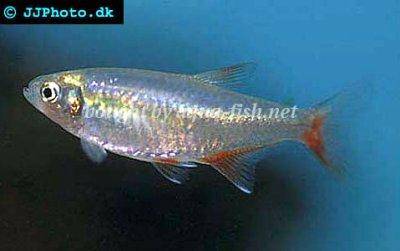

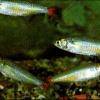 Bloodfin
Bloodfin 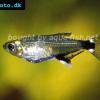 Panda
Panda 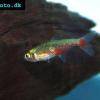 Green
Green 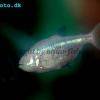 Blind
Blind 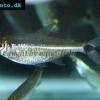 Kennedy
Kennedy 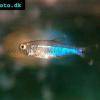 Blue
Blue 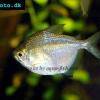 Discus
Discus 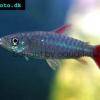 Pink
Pink 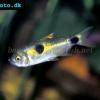 Bucktoothed
Bucktoothed 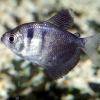 Black
Black 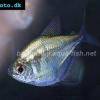 False
False 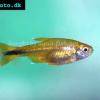 Silver
Silver  Hemigrammus
Hemigrammus 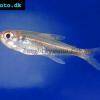 Dash-dot
Dash-dot 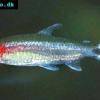 Rummy
Rummy 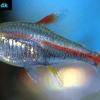 Glowlight
Glowlight 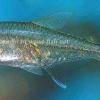 January
January 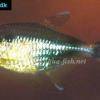 Head
Head 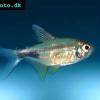 Garnet
Garnet 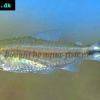 Rummy
Rummy 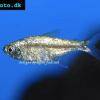 Gold
Gold 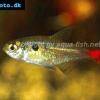 Red
Red 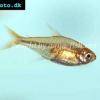 Ember
Ember 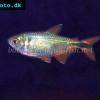 Buenos
Buenos 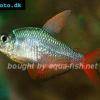 Colombian
Colombian 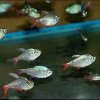 Ecuador
Ecuador 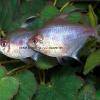 Bleeding
Bleeding 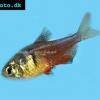 Flame
Flame 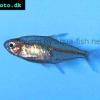 Georgett’s
Georgett’s 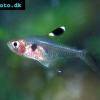 Griems
Griems 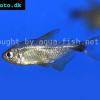 Kitty
Kitty 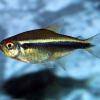 Black
Black 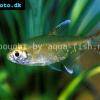 Firefin
Firefin 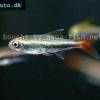 Loreto
Loreto 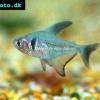 Black
Black 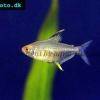 Lemon
Lemon 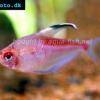 Redback
Redback 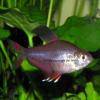 Rosy
Rosy 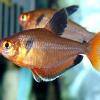 Serpae
Serpae 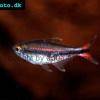 Savanna
Savanna 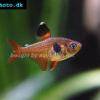 Red
Red 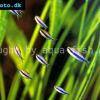 Blue
Blue 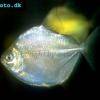 Silver
Silver 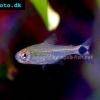 Ceros
Ceros 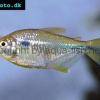 Napo
Napo 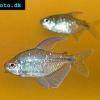 Diamond
Diamond 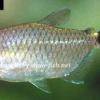 Red
Red 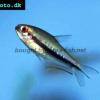 Rainbow
Rainbow 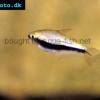 Emperor
Emperor 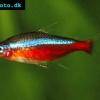 Cardinal
Cardinal 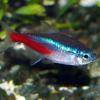 Neon
Neon 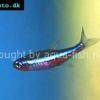 Green
Green 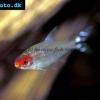 False
False 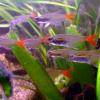 Glass
Glass 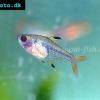 X-ray
X-ray 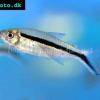 Penguin
Penguin